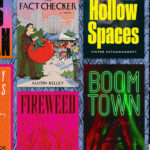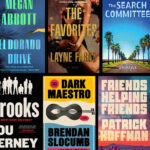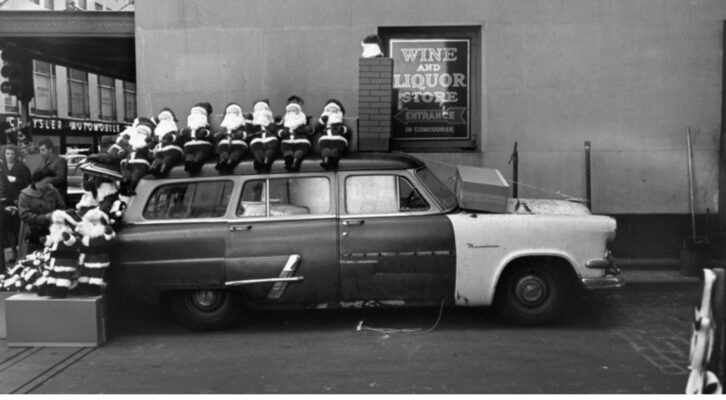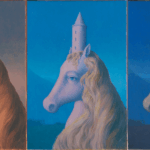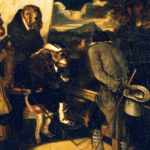In Scots, there are separate words for fine driving snow (snaw-pouther) and small flakes (spitters)—plus about 400 other snow-related terms. Alas, English isn’t nearly so rich. And yet there is something about the winter landscape that begs to be written about. The crackle of ice underfoot. The calls of crows that mass at sunset. A setting so bleak and yet full of beauty practically begs for mystery.
If it’s not clear by now, I’m a sucker for setting. Not just any setting, but settings that loom, that breathe. Settings so alive that they feel like another character in the story. And winter makes a particularly good one for a mystery.
Cold is an implied threat just outside the door that cranks up the tension. Amassing snow builds claustrophobia. Winter brings a closeness to the elements that reminds us we’re only one bad decision away from an unfortunate end. When the power goes out, the consequences are real.
Here are ten wintry mysteries that will have you reaching for a blanket:

The Snowman (Jo Nesbø) – Harry Hole is one of my favorite detectives—clever, flawed, and seemingly always on the brink of being fired. Most of the series takes place in Norway, so you can expect lots of snow, but in book 7 the winter grows teeth. Hole chases a twisted killer who leaves behind snowmen as his signature. The use of this classic symbol of childhood makes for an especially twisted read.

Drive Your Plow Over the Bones of the Dead (Olga Tocarczuk) – This novel is set in a Polish village on the Czech border that’s mostly uninhabited in the winter, except for a handful of eccentric characters. But, as bodies start turning up, Janina (part time astrologist, part time poetry translator) and her neighbors become determined to figure out what’s going on. Don’t go into this one expecting a traditional murder mystery—it’s much harder to classify—just go with it.
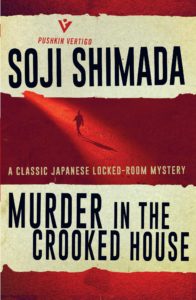
Murder in the Crooked House (Soji Shimada) – The Crooked House (otherwise known as the Ice Floe Mansion) sits on a snowbound cliff overlooking icy seas at the remote northern tip of Japan. The house is a disorienting maze of sloping floors, built by the wealthy, eccentric owner to purposely destabilize his guests. He also collects lifesize dolls and sleeps in a tower room accessed by drawbridge, of course. When he invites a group of colleagues for Christmas, one of them ends up dead in seemingly impossible circumstances. A locked room mystery worth reading for the setting alone.

Nightwatching (Tracy Sierra) – What’s more claustrophobic than crouching in a hidden compartment of your 300-year-old house while a killer stalks the halls? Doing it while a blizzard rages outside. Sierra uses setting to great effect in this thriller that was so scary it took me two tries to read it (but so good I absolutely had to finish).
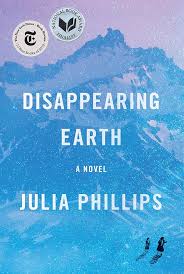
Disappearing Earth (Julia Phillips) – This novel is set in the peninsular Russian province of Kamchatka, which is so remote—bordered by ocean and a frozen desert—that no major roads connect it to the rest of Russia. It begins on an August day (though this far north, the leaves are already turning) when two young sisters go missing. As the weather grows colder, so does fear about what happened to the missing girls. This is winter like only Kamchatka can produce with snow banks that “propped up the buildings” and cold so deep one character muses “her marrow must have frozen blue.”

Murder on the Orient Express (Agatha Christie) – The quintessential locked room mystery. On the snowbound Orient Express railcar, world-famous detective Hercule Poirot is faced with a murder committed by one of the train’s passengers, whose locked bedroom seems to be the only possible place from which the crime could have been committed.
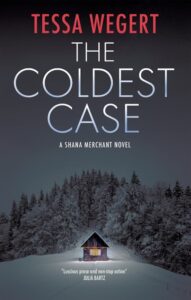
The Coldest Case (Tessa Wegert) – Two influencers decide to spend the winter on a tiny, remote island in New York’s Thousand Islands, cut off from the mainland by miles of ice and snow. What could possibly go wrong? Part of Wegert’s Shana Merchant series, this novel also stands alone.

Smilla’s Sense of Snow (Peter Hoeg) – The novel opens with flakes of snow “like feathers” falling on a child’s coffin. Smilla Jaspersen is a world-class expert on ice and snow as well as a surly and irritable narrator, who doesn’t love anyone except her 6-year-old neighbor. When the young boy falls from the roof of their apartment building, a supposed accident, Smilla sets off across wintry Copenhagen to find out what really happened. Part murder mystery, part character study, and unpredictable to the last page.
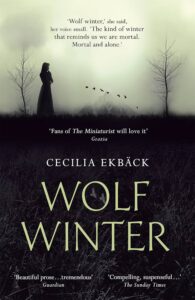
Wolf Winter (Cecilia Ekbäck) – Swedish Lapland, 1717. Maija and her family arrive from their native Finland, hoping for a fresh start in this harsh and beautiful wilderness. When Maija’s daughter discovers the mutilated body of another settler, the death is dismissed as a wolf attack. But Maija knows the wound is too precise to be the result of an animal. As the “wolf winter,” the harshest winter in memory, descends upon the remote settlement, darkness falls, snow gathers, and secrets are laid bare. Perfect for fans of historical mysteries and gorgeously written landscapes—“bouquets of butterflies” dance on the wind and patches of snow glow “hollow blue” even in summer.
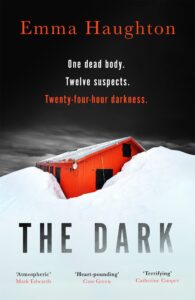 Version 1.0.0
Version 1.0.0
The Dark (Emma Haughton) – Locked room mystery, but make it Antarctica. After a personal trauma, Dr. Kate North decides to take a post overwintering as the doctor at an Antarctic research station. 24 hour darkness surrounded by fields of ice and snow so vast it’s “uncannily like an ocean”—with no escape until spring. With that level of tension it’s almost inevitable that someone would wind up dead.
***






